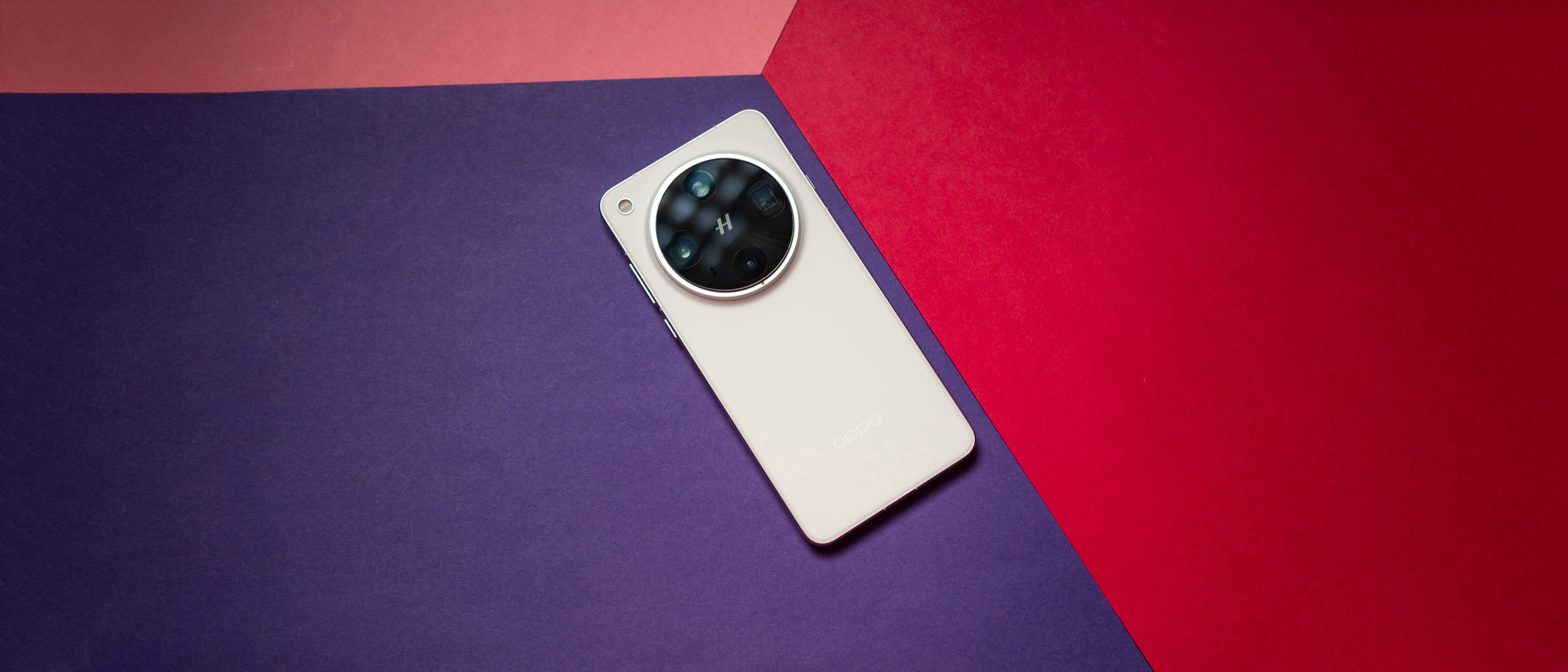Samsung Galaxy Note 20 Ultra vs. Galaxy Note 20: What's the difference and which should you buy?
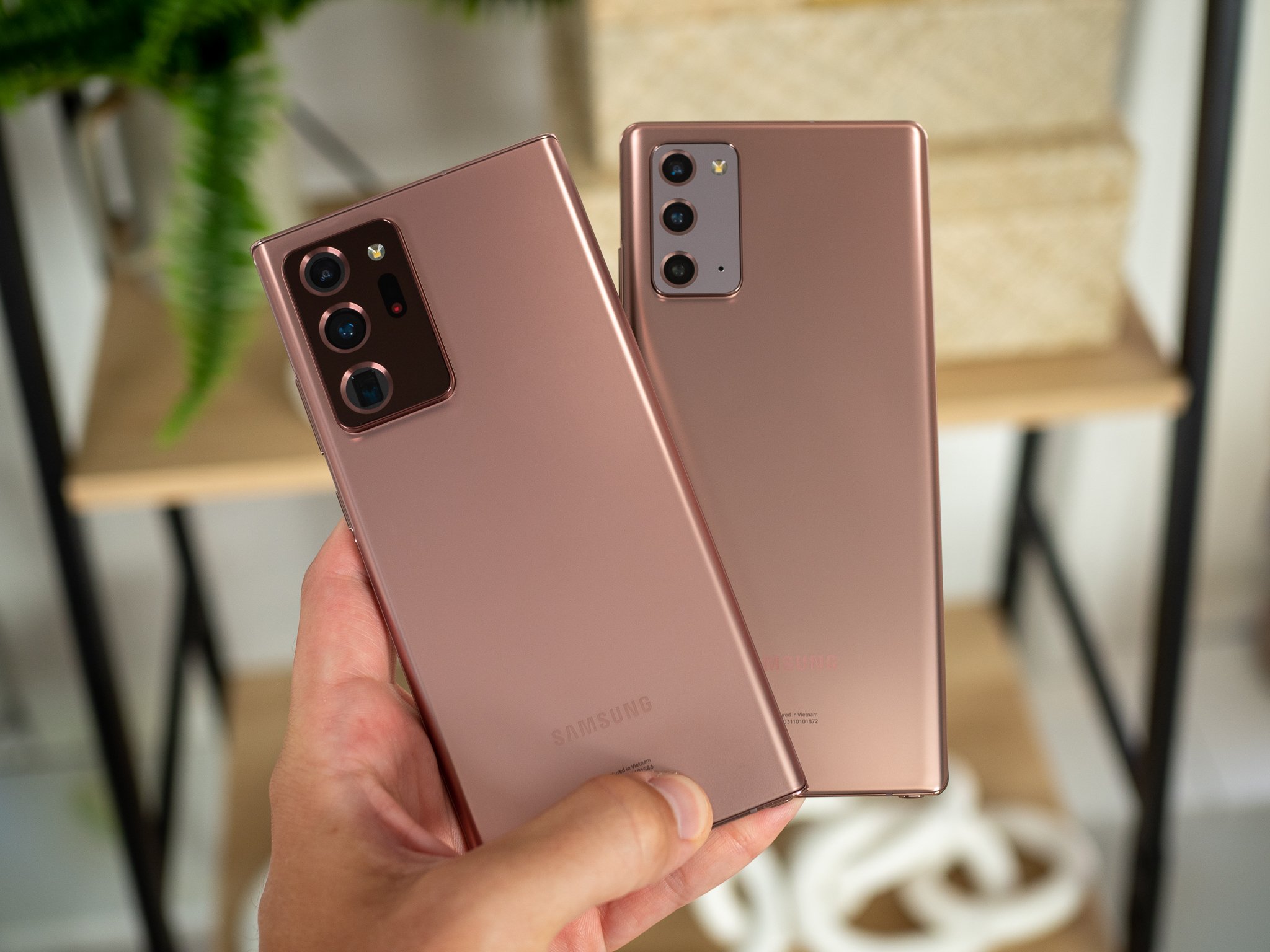
Samsung Galaxy Note 20 Ultra
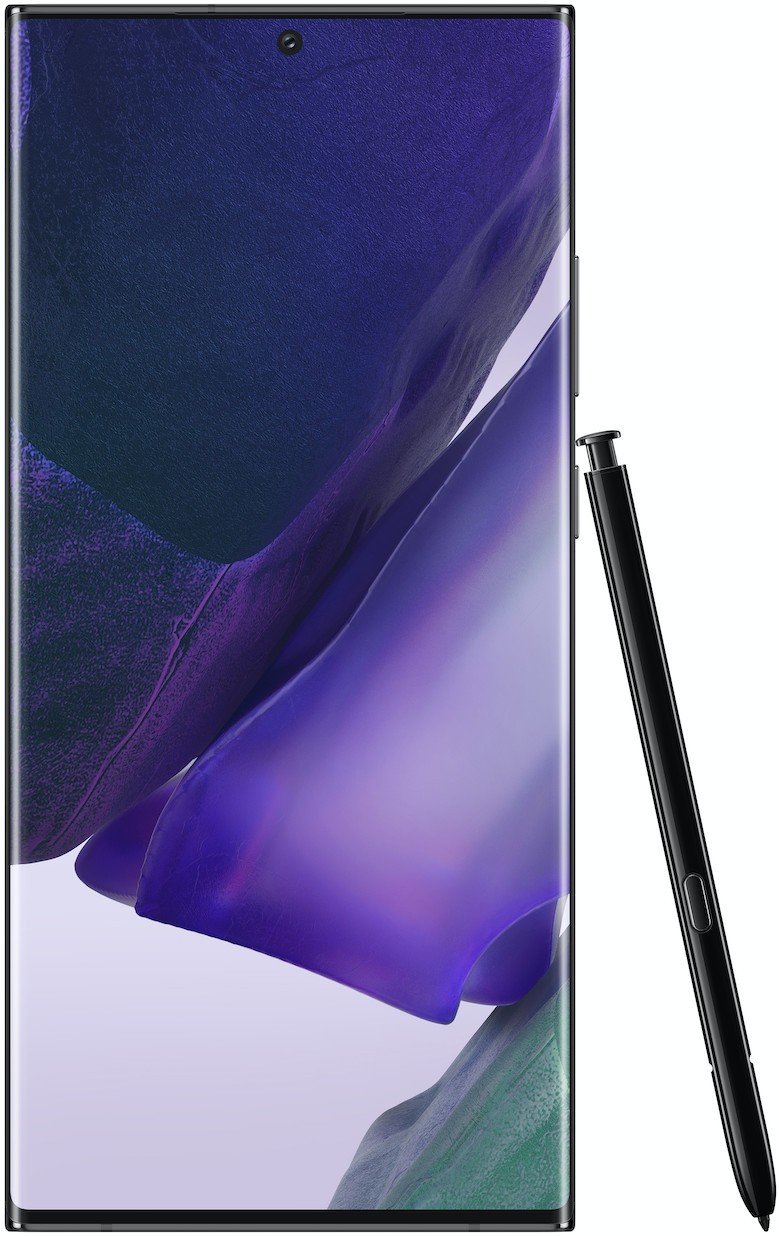
The Note 20 Ultra is undeniably the better phone, with more powerful specs, additional features like a 120Hz display and SD card slot, and faster S Pen latency. However, it's hundreds more than the standard Note 20, and that can give some people pause.
Samsung Galaxy Note 20 Ultra
The one to get
Samsung Galaxy Note 20
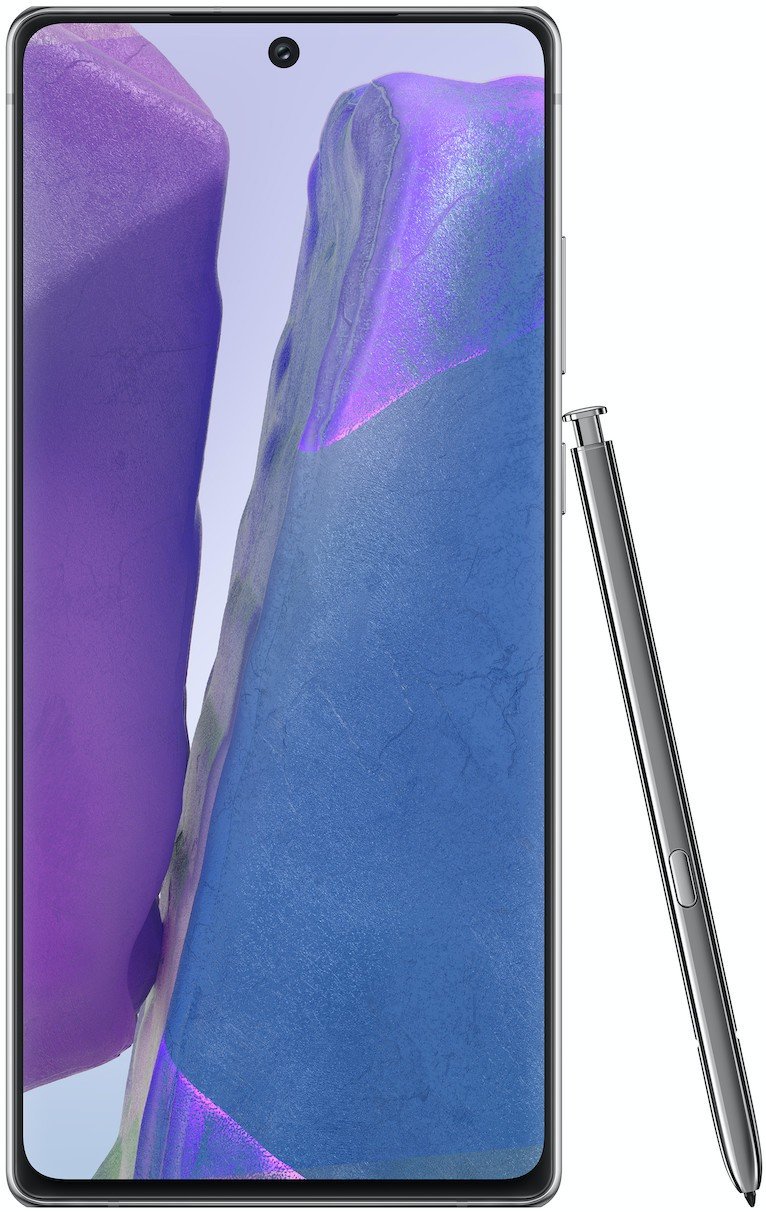
The Note 20 is for people who need to have an S Pen, but don't want to spend top dollar on their phone. You save hundreds, but the experience falls back. Lower specs, a weaker display, and a plastic body all remind you the phone costs less.
Samsung Galaxy Note 20
S Pen on a budget
Samsung Galaxy Note 20 Ultra vs. Note 20 Major similarities and differences
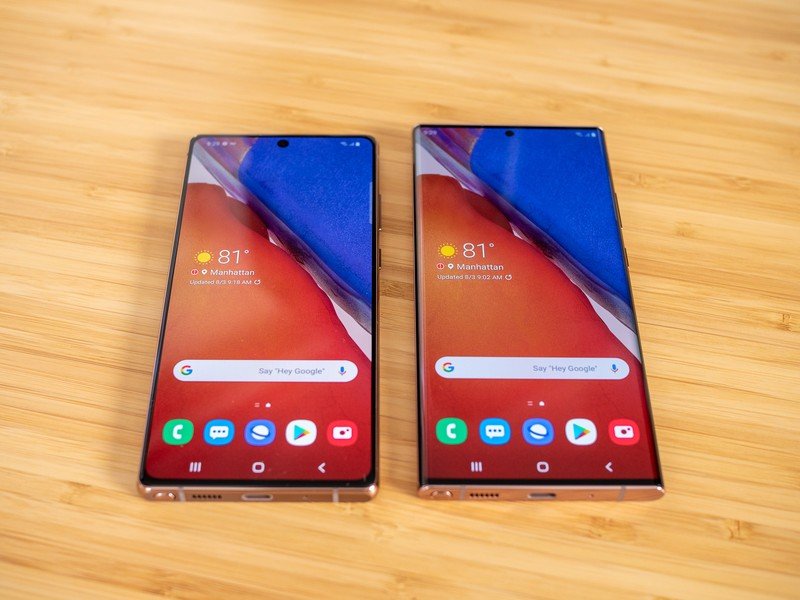
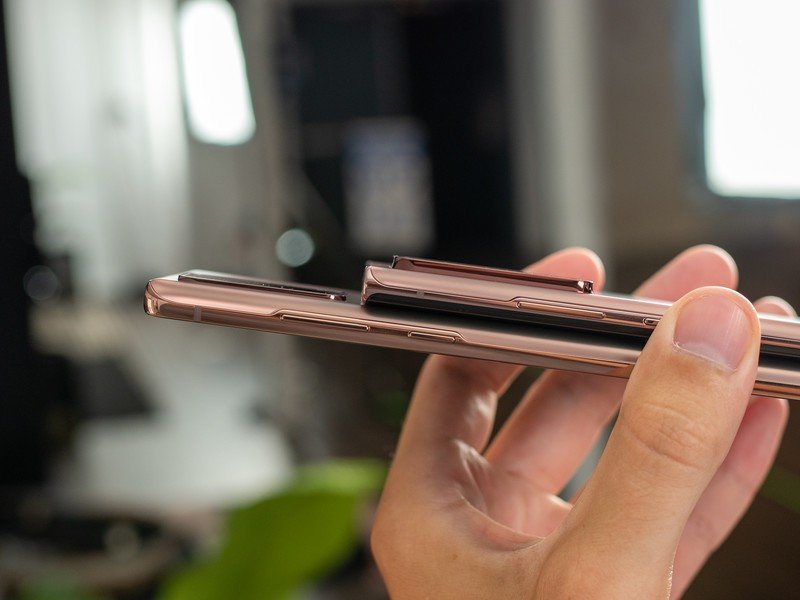
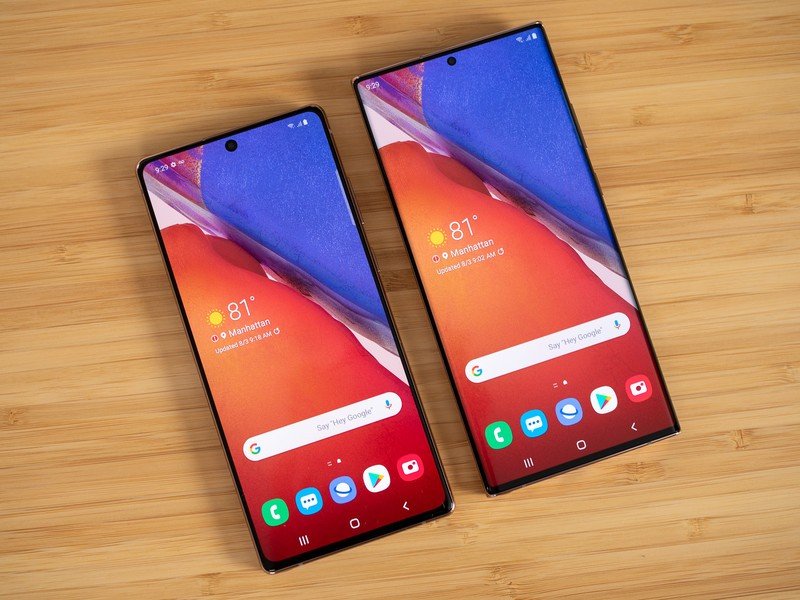
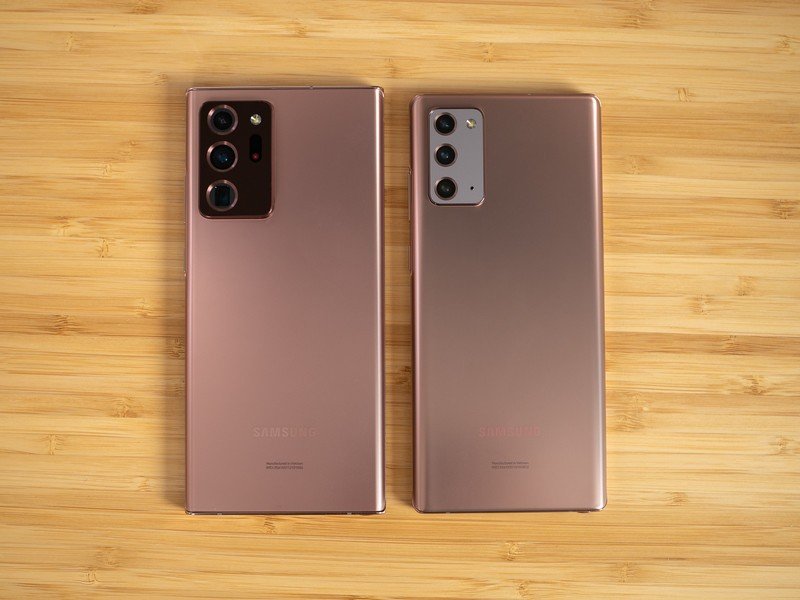
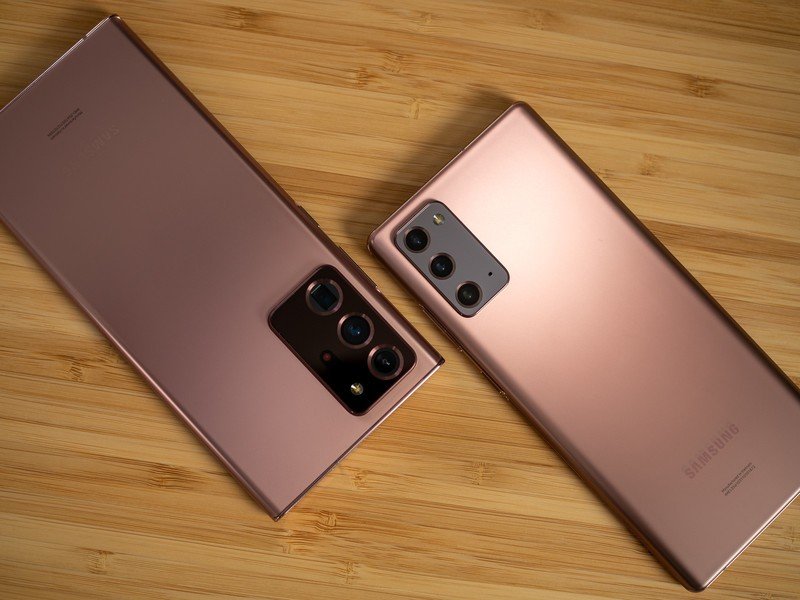
At their core, the Galaxy Note 20 and Note 20 Ultra offer the same experience. At a glance, you wouldn't be able to tell them apart. However, there are a handful of details that differentiate them, and lead to that multi-hundred dollar price difference.
Samsung Galaxy Note 20 Ultra vs. Note 20 Size, display, and specs
The phones are nearly the same size, with just a couple millimeters here and there separating the two. Their screens are almost the same size, too, at 6.7 for the Note 20 and 6.9 inches for the Ultra. Batteries are correspondingly close, at 4,300 and 4,500mAh. They have the same Snapdragon 865+ chipset, 128GB base storage, and extra features like fast charging, wireless charging, stereo speakers, an in-screen fingerprint sensor, IP68 water resistance, and of course the S Pen. They also run the exact same software, so as far as software features and the day-to-day experience go, things are identical.
| Category | Galaxy Note 20 | Galaxy Note 20 Ultra |
|---|---|---|
| Operating System | Android 10One UI 2.5 | Android 10One UI 2.5 |
| Display | 6.7-inchAMOLED2400x108060Hz refresh rate | 6.9-inchAMOLED3088x1440120Hz refresh rate |
| Processor | Qualcomm Snapdragon 865+ | Qualcomm Snapdragon 865+ |
| Memory | 8GB LPDDR5 | 12GB LPDDR5 |
| Storage | 128GB | 128GB512GB |
| Expandable Storage | ❌ | ✔️ |
| Rear Camera 1 | 12MP primaryf/1.8OIS | 108MP primaryf/1.8OIS |
| Rear Camera 2 | 64MP telephotof/2.03x hybrid zoom | 12MP telephotof/3.05x optical zoom |
| Rear Camera 3 | 12MP ultra-widef/2.2 | 12MP ultra-widef/2.2 |
| Front Camera | 10MPf/2.2 | 10MPf/2.2 |
| Security | In-screen ultrasonic fingerprint sensor | In-screen ultrasonic fingerprint sensor |
| Audio | Stereo speakersUSB-C | Stereo speakersUSB-C |
| Battery | 4,300 mAh | 4,500 mAH |
| Water Resistance | IP68 | IP68 |
| Dimensions | 75.2 x 161.6 x 8.3mm | 77.2 x 164.8 x 8.1mm |
| Weight | 192g (sub-6)194g (mmWave) | 208g |
| Colors | Mystic BronzeMystic GrayMystic Green | Mystic BronzeMystic BlackMystic White |
Then, when you get into the details, things diverge a bit. The Note 20 oddly comes up short in RAM, with just 8GB to the Note 20 Ultra's 12GB, and if you want more storage you're out of luck as only the Ultra offers an optional 512GB option and an SD card slot. The Note 20 Ultra also has a 120Hz refresh rate, which dramatically smooths out all motion compared to the Note 20's 60Hz, though the latter model's flat panel is a boon for anyone who's run into accidental touch input with curved displays in the past.
There's just an overall cost-cutting theme to the standard Note 20.
Building on the cost-cutting theme, it's also a bit off-putting that the back of the Note 20 is a coated plastic rather than glass. Sure, we see lots of plastic phones out there, but not ones that cost $1,000. The Note 20 Ultra has the classic high-quality Samsung design and materials you expect, and you'll definitely notice the different material on the standard Note 20.
Samsung Galaxy Note 20 Ultra vs. Note 20 Cameras
The Note 20 Ultra also technically has a more capable camera system. The 108MP camera is shared with the S20 Ultra, but enhanced with the addition of a laser auto focus system, and the zoom camera has a true 5X telephoto lens while the Note 20's "telephoto" is just digitally zooming. The front-facing and ultra-wide rear cameras are shared between the two, and the Note 20's cameras are still capable, but you'll want the Note 20 Ultra if you strive for the best of the best.
Be an expert in 5 minutes
Get the latest news from Android Central, your trusted companion in the world of Android
Samsung Galaxy Note 20 Ultra vs. Note 20 Which should you buy?
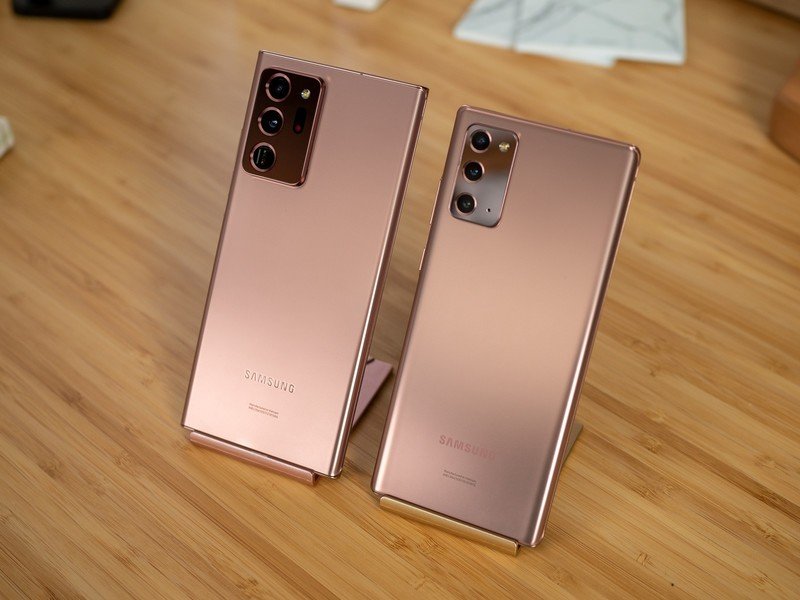
As always, comparisons like this need to start with a discussion of money. The Note 20 Ultra retails for $1,300, a full $300 more than the standard Note 20. Either you're alright with paying that price, or you're not. If you are, then you can easily justify getting the Note 20 Ultra — it has a nicer design, a much better display, improved camera, and higher-end specs. It's a proper Note.
The Note 20 Ultra is the one to get, if you can afford the high price.
If you really need to have an S Pen, but your budget isn't up to the level of the Note 20 Ultra, I'd encourage you to look at buying the Note 10+ instead. Now that the Note 20 series is on sale, the Note 10+ is bound to drop in price. If it goes on sale down into the $800 range, there's a great argument that it's a better buy than the Note 20, particularly if you don't need 5G support.
However, if your goal is to get an S Pen in a new phone, in order to get the longest runway for software updates and newer (improved) cameras, the Note 20 is a decent buy. It gives you the core Samsung experience, with a huge display and the S Pen with the latest software right out of the box. You'll save money, but you'll also be reminded that you were just a few hundred dollars away from getting the real top-end Note.
Andrew was an Executive Editor, U.S. at Android Central between 2012 and 2020.

